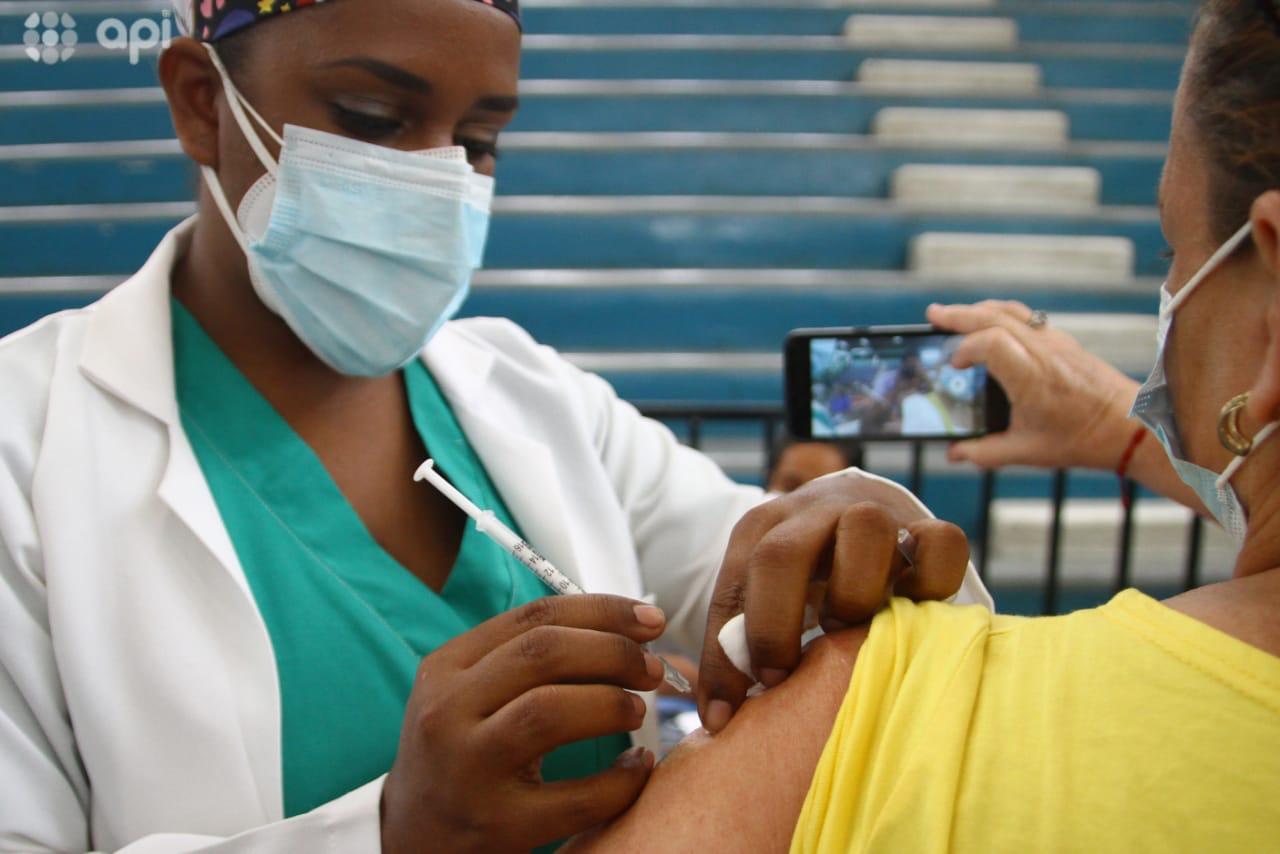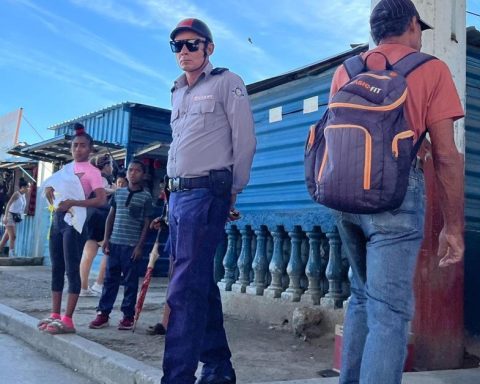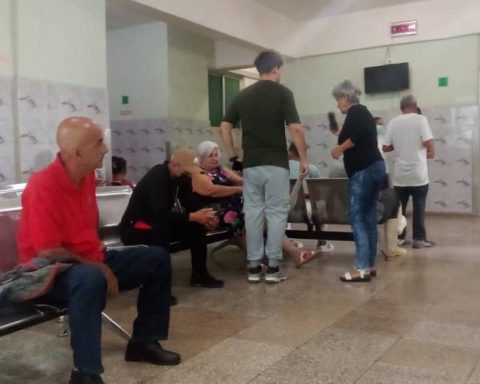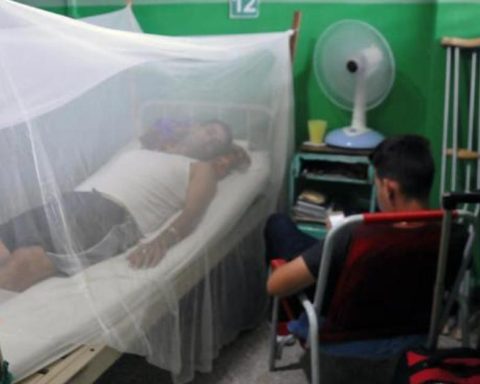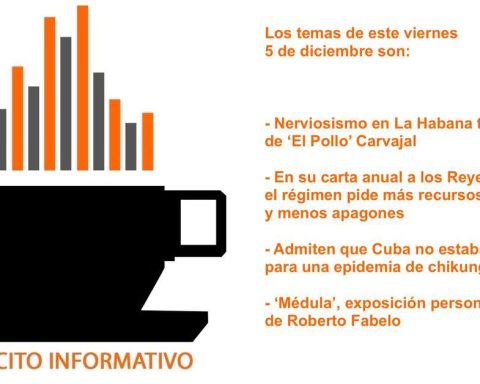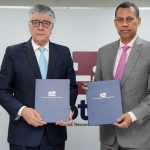Delta is the predominant variant with 1,256 cases. Six more follow. Although the symptoms are similar, they have different characteristics.
The delta variant of the COVID-19 it is still the predominant one in Ecuador. About 80% of those infected have it. To this are added six other variants, among them, the omicron, that it was the last to be classified as a community in Ecuador and that keeps the world on alert.
Characteristics
Delta: It predominates in the world and its transmissibility is high: an infected patient can infect six. With the COVID-19 original the figure was between two to three. In Ecuador there are 1,256 cases of this variant. Its main characteristic is that if vulnerable people are infected, they have a higher risk of being hospitalized.
Gamma: In Ecuador 345 cases have been identified; its transmissibility is less than delta and the symptoms that he presents are mild. It is characterized by the loss of smell and taste.
Lambda: It is characterized by generating headache, cough, body pain and loss of smell and taste. 304 cases have been identified. It is one of the variants less studied for having a lower level of transmissibility.
Alpha: In Ecuador there are 266 patients. Before the appearance of the delta variant it was the one that predominated in the world. With the start of vaccination its effects were reduced.
Mu: In Ecuador there are 542 cases. It is considered a not very aggressive variant.
Burbot: It is the most similar to a light flu. In Ecuador there are 353 cases.
Omicron: It is more transmissible than delta (up to three times more). Ecuador registers 68 cases.
* All vaccines have been shown to be effective against variants.
Sequencing to identify them
Although there are, few private laboratories in Ecuador identify a variant by means of a PCR test, although it is not the safest way «since some variants they share the same mutations, ”says Paúl Cárdenas, PhD in genomic medicine and researcher at the San Francisco de Quito University (USFQ).
«The only way to technically and scientifically verify the variant type It is through a genetic sequence«, Says Fernando Espinoza, director of the Research and Consulting Center of the Espíritu Santo University (UESS).
In Ecuador, Inspi, UESS and USFQ are in charge of sequencing samples from public and private laboratories and hospitals that send weekly samples from different parts of the country.
The process of identifying variants on the sequencing it can take up to four days because what it does is analyze “each little letter of the 30,000 that the virus genome has to identify the entire virus and then analyze what genes and mutations it has and what lineage it belongs to.” At the moment, none of the institutions has confirmed the presence of the variant from Africa. (AVV)
IT MAY INTEREST YOU:
Higher recovery sectors offer few jobs
